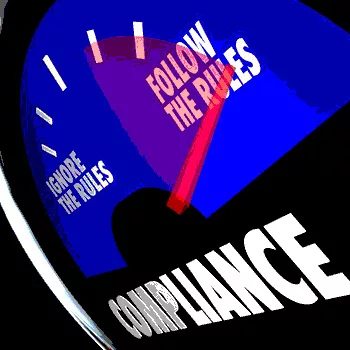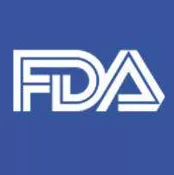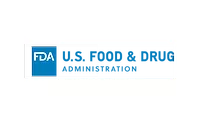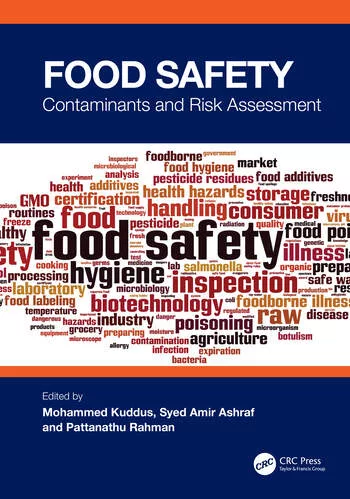Guidance to FSMA Compliance

On August 24, 2016, the U.S. Food and Drug Administration (FDA) issued portions of its guidance for complying with the Food Safety Modernization Act (FSMA) Preventive Controls rule for human food, entitled Hazard Analysis and Risk-Based Preventive Controls for Human Food: Draft Guidance for Industry. As is customary, a guidance is not legally binding but provides FDA’s current thoughts on how to comply FSMA’s preventive controls for human food. This guidance is a draft and may be changed following public comment. That being said, this is the first practical advice from FDA on creating a food safety plan under FSMA.
When final, the guidance will include 14 chapters. Initially, the introduction, chapters 1 through 5, and appendices 1 through 3 have been released, with additional chapters and appendices to follow once prepared.
The purpose of the guidance as described by FDA is to assist facilities in:
• Understanding the biological, chemical (including radiological) and physical hazards that are commonly of concern in manufacturing, processing, packing and holding of FDA-regulated food products
• Understanding the components of a food safety plan and the importance of each component
• Understanding how to conduct a Hazard Analysis and develop a food safety plan for the products that a facility processes
• Understanding how to identify control measures for common biological (specifically bacterial pathogens), chemical and physical hazards associated with many processed foods so those controls can be applied to the hazards identified in a Hazard Analysis
• Understanding how to identify and apply the preventive control management components (i.e., monitoring, corrective actions and corrections and verification)
• Understanding the recordkeeping requirements associated with the food safety plan and implementation of the food safety plan
Highlights of the first five chapters include the following:
Chapter 1: The Food Safety Plan
The food safety plan is the documentation of the processes which are required to be taken when complying with the Preventive Controls rule. Chapter one sets forth how a food safety plan and a Hazard Analysis and Critical Control Points (HAACP) plan vary from one another. There is no standardized format for the food safety plan, so long as it documents all of the required steps. Examples of forms to be included in a food safety plan are included in Appendix 2.
Chapter 2: Conducting a Hazard Analysis
A Hazard Analysis is defined as the process of collecting and evaluating information on hazards and the conditions leading to their presence to determine which hazards are significant for food safety and therefore should be addressed in a HAACP plan or food safety plan. A Hazard Analysis includes two steps: (1) a hazard identification and (2) a hazard evaluation. A sample hazard analysis worksheet is included in Chapter 2 and in Appendix 2.
Chapter 3: Potential Hazards with the Manufacturing, Processing, Packing and Holding of Human Food
This chapter of the guidance suggests that hazards could include ingredient-related hazards, process-related hazards and hazards that may be introduced from the food production environment. Numerous examples of each type hazard is provided for consideration. Food products may become contaminated with biological, chemical (including radiological) or physical hazards.
Chapter 4: Preventive Controls
A facility only needs to apply preventive controls if, after conducting a Hazard Analysis of the products and processes conducted at its facilities, a known or reasonably foreseeable biological, chemical or physical hazards that requires a preventive control is identified. A facility must implement preventive controls so that any hazards requiring a preventive control will be significantly minimized or prevented and the food manufactured, processed, packed or held by the facility will not be adulterated. Chapter 4 provides examples of preventive controls that might be used to address potential hazards. The guidance in this chapter also is intended to provide recommendations on monitoring the preventive controls.
Chapter 5: Application of Preventive Controls and Preventive Controls Management Components
This chapter focuses on applying the preventive controls and instituting the appropriate management components [i.e., monitoring, corrective actions and corrections, and verification activities (and their associated records)].
One issue that has been of concern since the preventive controls were first released is that of who is qualified to create the food safety plan. A preventive controls-qualified individual (PCQI) must develop or oversee the development of the plan. Qualification may be based upon training through job experience or by completing training equivalent to the standardized training curriculum recognized as adequate by FDA. Thus, a HAACP consultant or someone trained in HAACP is not a PCQI without the additional training to understand the requirements of a food safety plan under FSMA. The PCQI need not be an employee of the facility.
The Food Safety Preventive Controls Alliance has been working to create an FDA-approved curriculum since before the preventive controls were finalized. Now completed, training is being provided across the country.[1] Completion of this course will certify the participant as a PCQI qualified to create a food safety plan for your facility. Review of the contents of the course will determine whether someone is otherwise qualified based upon job experience. Sending a facility representative to a training course to make sure they understand the nuances between a HAACP plan and a food safety plan is recommended by this author.
With final preventive controls in place, FDA has now provided guidance and has endorsed training regarding compliance. The ball is now in the court of food facilities to comply with FSMA.
Kathy Hardee, Esq., is co-chair of the Food & Agriculture Industry Group at Polsinelli, PC, which is composed of a team of attorneys from every legal practice area and who each have a focused background in the food industry.
Reference
1. Go to www.ifsh.iit.edu/fspca/fspca-preventive-controls-human-food#FPCHF for a training schedule.
Looking for quick answers on food safety topics?
Try Ask FSM, our new smart AI search tool.
Ask FSM →








